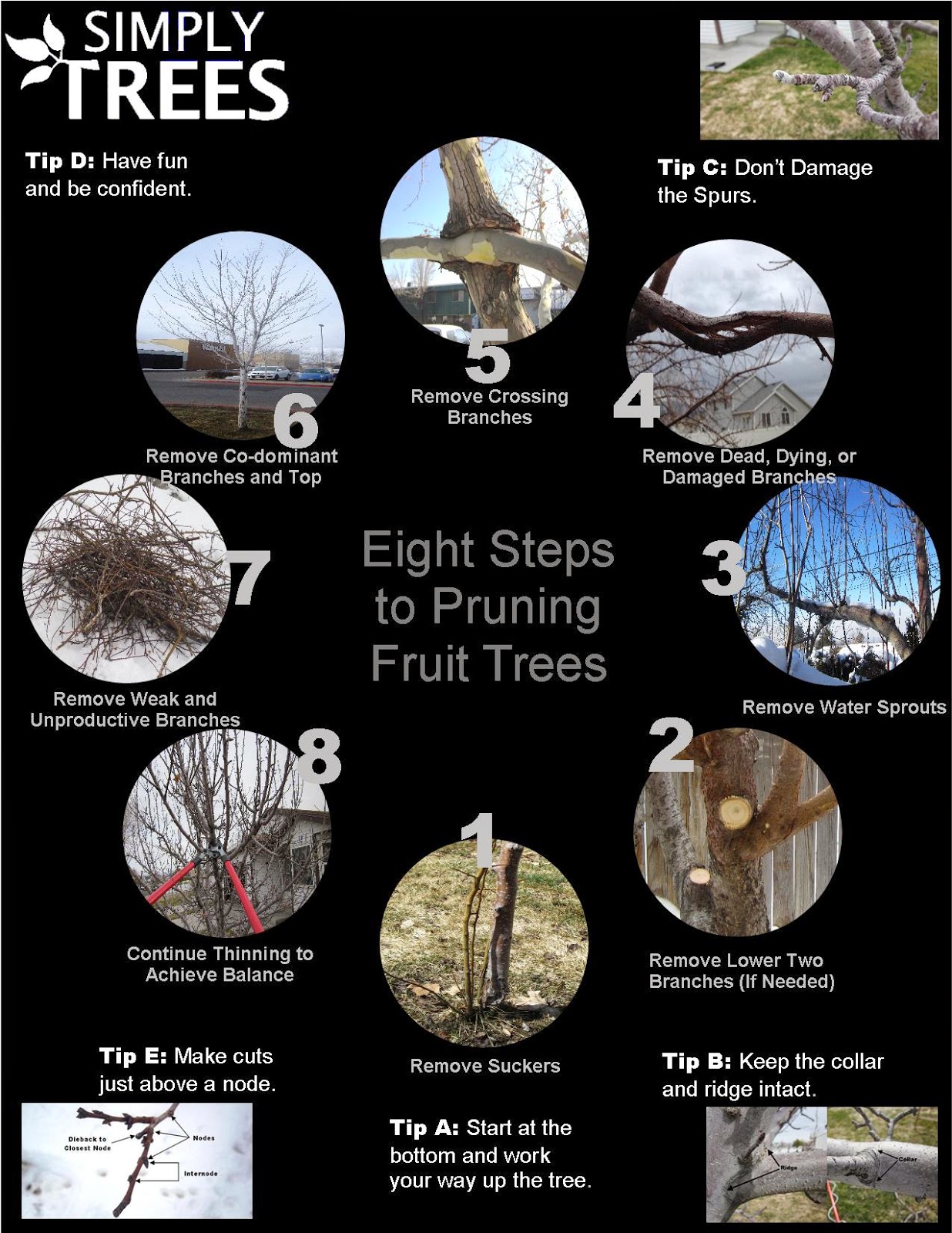Indicators That Tree Elimination Is Necessary: Acknowledging Dangerous Trees
Indicators That Tree Elimination Is Necessary: Acknowledging Dangerous Trees
Blog Article
Material Composed By-Winther Emerson
When it comes to tree care, identifying the signs that it's time for removal is essential for your safety and security and building. You may observe stained leaves, wilting branches, or odd fungal developments suggesting health problems. Architectural problems, like a considerable lean or cracks in the trunk, can also position dangers. Comprehending these warning signs can aid you make educated decisions concerning your trees and stop possible threats prowling in your yard. What should you try to find following?
Signs of Degeneration and Disease
When you observe indications of degeneration and illness in your trees, it's essential to act quickly. Search for discolored leaves, wilting branches, or uncommon growths like fungus. These can show that your tree is battling.
If you see splits in the bark or soft, mushy timber, these signs and symptoms suggest interior degeneration. In addition, an abrupt increase in bugs around your tree can signify that it's deteriorated and prone.
Check for any dead or passing away arm or legs, as they present a threat to your residential property and safety and security. If https://treegrowingfromstump06283.activoblog.com/39310529/guarantee-your-outdoor-area-stays-both-risk-free-and-appealing-by-adhering-to-crucial-tree-debris-removal-suggestions-reveal-the-advantages-that-every-house-owner-ought-to-know doubt concerning what you see, consulting an arborist can offer clearness.
Addressing these indications early can conserve you from more considerable damages and make certain the health and wellness of your lawn. Don't wait until it's too late.
Structural Instability and Leaning
As you observe your trees, watch out for any indicators of architectural instability or leaning. If a tree leans substantially, it might suggest that the root system is compromised.
Seek any kind of fractures in the trunk or soil around the base; these can signal potential failing. Additionally, look for unusual growth patterns, like an unbalanced crown, which may suggest that the tree is having a hard time to hold itself upright.
If you discover that the tree leans toward your home, power lines, or various other structures, it presents a greater danger. Don't overlook these signs-- get in touch with an arborist to evaluate the situation.
Acting early can avoid pricey damages and ensure your security.
Dead or Perishing Branches and Vegetation
If you discover dead or passing away branches and vegetation on your tree, it's a clear indicator that something's incorrect.
These unhealthy areas can suggest underlying issues like condition, bug invasions, or environmental stress and anxiety. When branches shed their fallen leaves or turn brownish, they're no longer adding to the tree's health. Neglecting these indicators could lead to further decline, making your tree more hazardous.
Dead branches can easily break short during storms, positioning a risk to home and people close by. It's crucial to assess the degree of the damage.
If Click On this page affects a significant part of the tree, think about consulting a professional. They can aid determine if removal is necessary to ensure safety and preserve the beauty of your landscape.
Verdict
If you discover any indications of degeneration, structural instability, or dead branches on your trees, do not ignore them. These indications can posture major safety risks to you and your residential property. It's always best to speak with an expert arborist that can provide a specialist assessment of your trees. Doing https://jaidenzqfwl.blogsuperapp.com/35863134/proper-timing-and-strategy-in-pruning-can-revolutionize-your-trees-find-approaches-to-boost-their-development-potential about it early can protect against accidents and expensive damages, ensuring your landscape continues to be secure and healthy and balanced. Bear in mind, it's far better to be positive about tree care than to wait for a catastrophe to happen.
